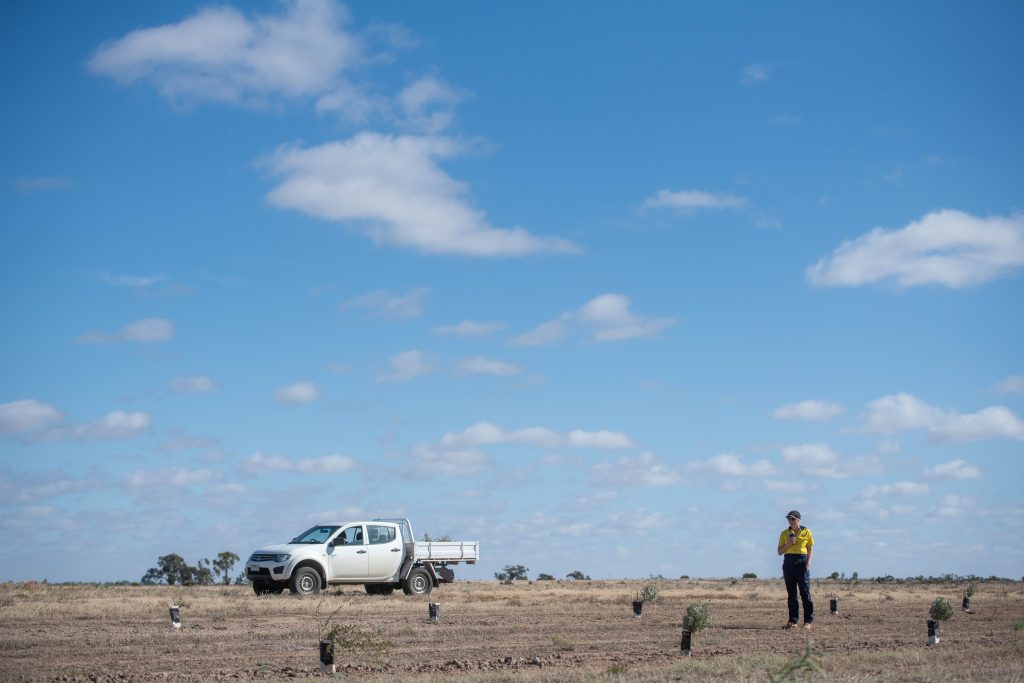June saw the Australian Farmlands Fund’s first soil carbon project successfully registered with the Emissions Reduction Fund(ERF), under the name Kilter Rural Lower Goulburn Soil Carbon Project. The project was registered under the ERF’s Measurement of Soil Carbon in Agricultural Systems Methodology and covers almost 200ha of irrigated cropland. It is among the first soil carbon projects to be registered under the ERF which involves recent land use change from old pasture to a regenerative cropping system. The Fund has landed on the cutting edge of monetising soil carbon sequestration in a cropping system, with this project being one of only a small handful of cropping projects out of the more than 100 soil carbon projects currently registered under the ERF. Historically soil carbon sequestration projects in Australia have focused on grazing and pasture systems owing to the relative ease and lower costs of sequestering carbon in these systems. This is compared to the multi-faceted, prescriptive management and discipline required to increase soil carbon on irrigated cropping land.
The registration of this project sets another precedent for the Australian Farmlands Fund in the carbon market, paving the way for more ambitious, larger soil carbon projects to be established while building on Kilter Rural’s management and market expertise in the area. Our deep knowledge of carbon methodologies and project registration processes, whether the ERF or market alternatives, will make future project development more streamlined and cost-effective. Our initial 200ha of project area has just been planted with a deep-rooted canola crop, preparing the soil for a long future of restored soil health and increased resilient stores of organic carbon. Baseline soil carbon sampling can now occur that will be the benchmark for all future sequestration and the generation of carbon credits from the project area.
Want to find out more about our funds or the project? Speak to our team
